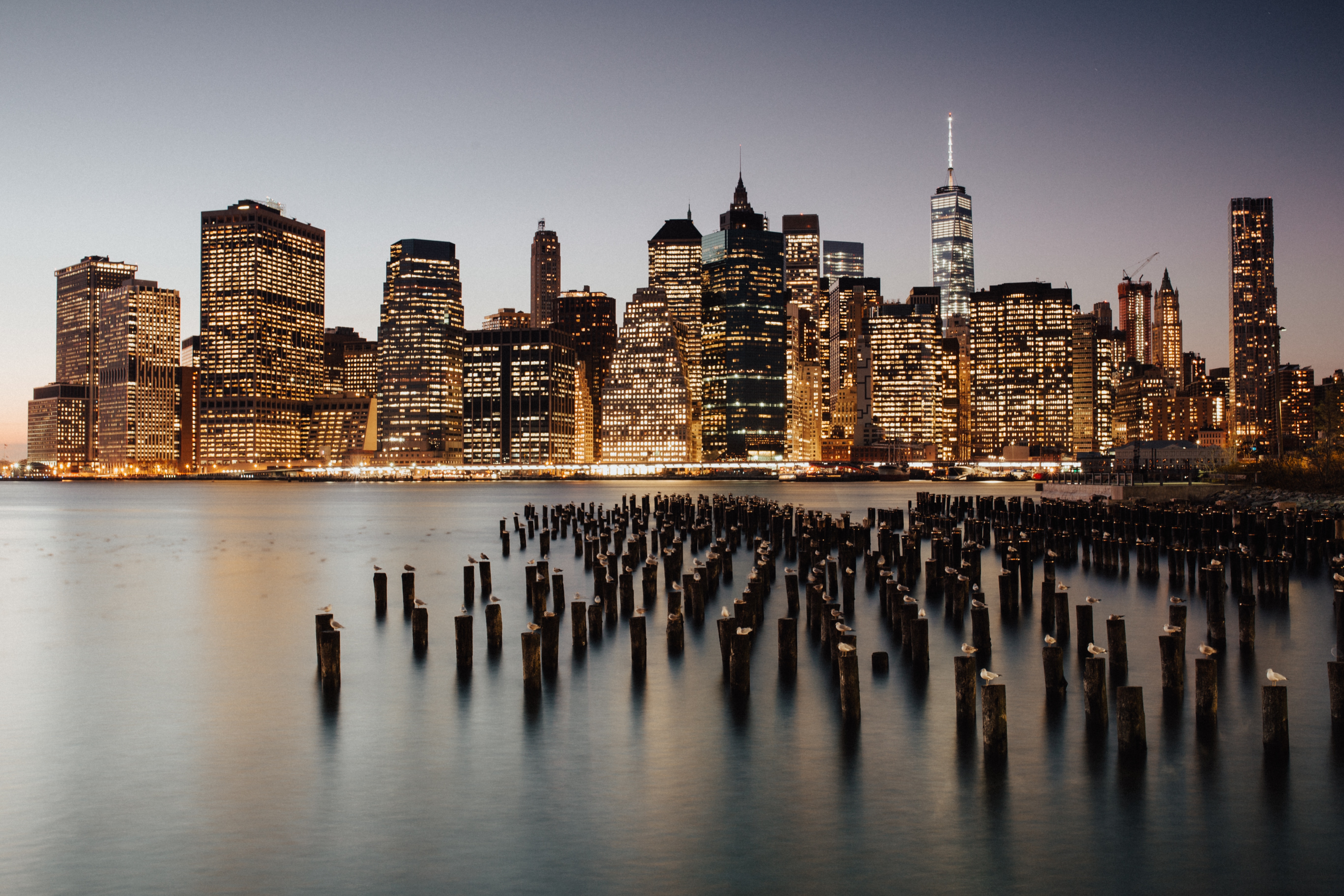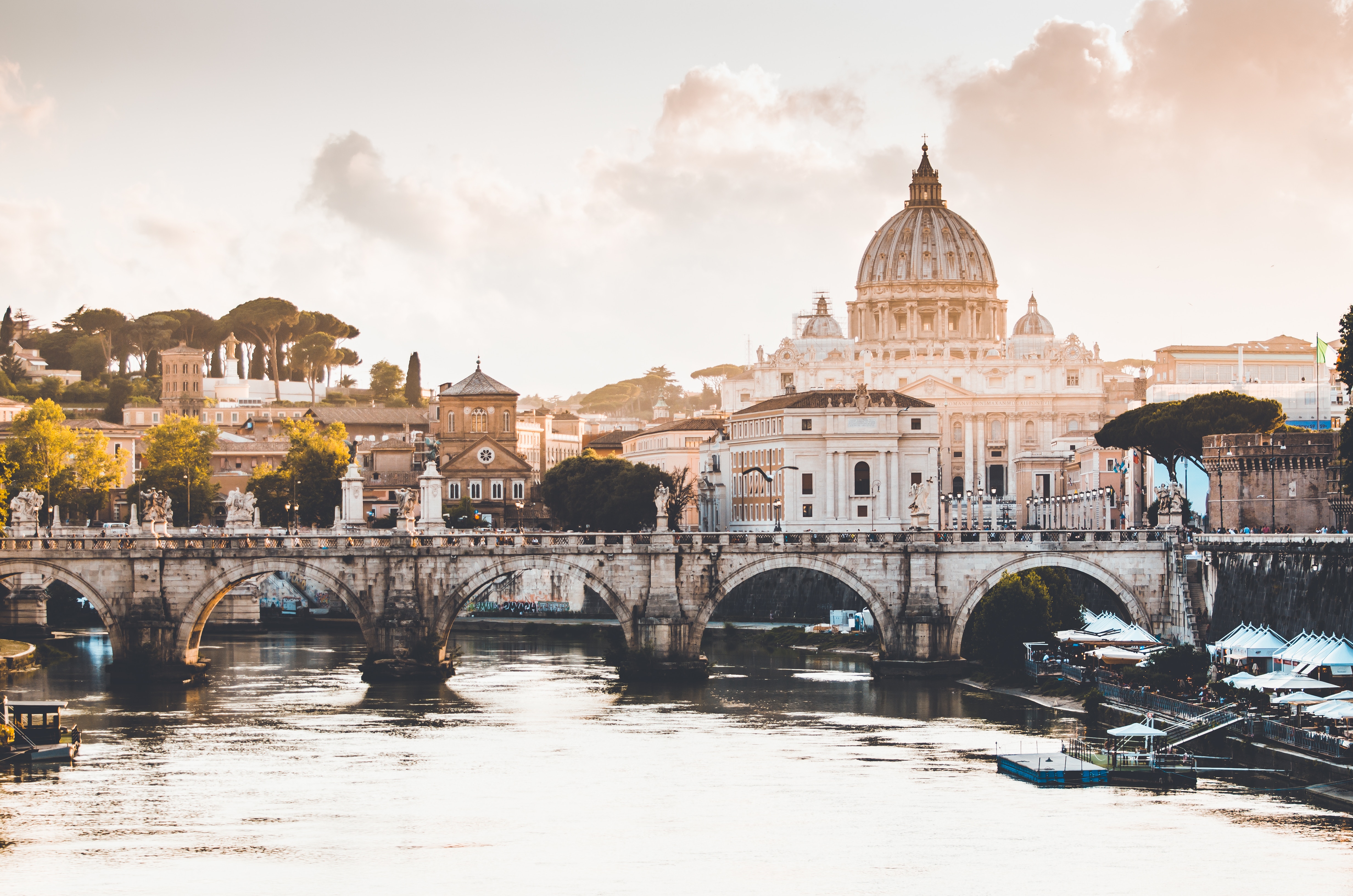The question has been raised by the BBC and others such as the Organisation for Economic Co-operation and Development (OECD), suggesting that big cities have more in common with each other than with other cities within their own countries.
Is that true? Are there meaningful comparisons between cities such as New York, London and Shanghai, rather than between nation states? Or is this mere hyperbole? We examine the arguments for and against. But before we do so, some definitions.

What are the seven types of city?
1. Global Giants such as London, New York and Tokyo. The Global Giants are leading economic and financial hubs with large populations, wealth and a deep pool of talent to draw upon.
2. Asian Anchors such as Singapore, Seoul and Hong Kong. Less wealthy than the giants, the Asian Anchors bring superior connectivity coupled with an industrious workforce to the table. They attract the most foreign direct investment.
3. Gateways such as Istanbul, Mexico City and Mumbai. The Gateway cities serve as bridges between national and regional markets in Asia, Africa, Latin America and the Middle East.
4. The Chinese Engine Room such as Shenyang, Changchun and Chengdu. Twenty-two industrial cities whose wealth rests upon export manufacturing. As a rule, the Chinese Engine Rooms are less well connected.
5. Capitals of Knowledge such as Zurich, Oxford, Cambridge, San Francisco, Boston and Seattle. These are seats of learning and innovation with first-class universities and a highly-qualified workforce.
6. American Middle-Weights such as Dallas, Raleigh, Salt Lake City, Atlanta and Minneapolis. Home to good universities, the American Middleweights are rich but lose out when it comes to foreign investment.
7. International Middle-Weights such as Tel Aviv, Liverpool, Birmingham, Stockholm, Brussels and Basel. Much like their US counterparts, the International Middleweights are wealthy but less able to attract foreign investment.
The case FOR
Firstly, economic might. According to McKinsey, the world’s 600 top cities contribute a staggering 60% to the world’s total GDP. If one were to remove Tokyo from the Japanese economy, it would leave a gaping $930 USD billion hole. Judged by the criterion of filthy lucre, there’s no denying the importance of the city.
And, of course, it has been ever thus. Without her wealth, would Florence have risen to the heights she did? The same goes for Athens, Babylon, Sumer, Ur, Venice and Rome. The power of these city-states rested upon wealth as much as upon arms.
Rome began as an insignificant city-state under the yoke of the Etruscans. A Roman citizen said “Civus Romanus sum” not ‘Civus Italicus sum’, since there was no such thing as Italy. History tells us the city came first.

With wealth come huge populations. Tokyo is the megacity par excellence, home to some 13.65 million people. Mumbai weighs in with a whopping 18.41 million, which makes it India’s biggest city — no idle boast. According to the World Health Organisation, more than half of the world’s people now live in cities, and 70 per cent of us will do so by 2050.
To wealth and size we must add ‘connectivity,’ that is to say, the extent to which a city is connected to other cities. Roads, high-speed rail, pipelines, airports, fibre-optic internet cables — cities are better connected than ever before.

Which us brings us to another point. There’s a sense in which cities such as New York or London have more in common with each other than with the countries of which they are part. New York is bound to global cities in ways she isn’t to, say, the American Midwest.
All of this gives rise to a paradox whereby the part is increasingly greater than the whole. For good or for ill (probably the latter from the planet’s point of view) all the indications are that urbanisation will increase exponentially this century.
Unlike the nation-state, the city-state has an ancient pedigree. Nationalism and the rise of the nation state dealt it a blow but perhaps its star is on the rise again. National frontiers come and go, maps are drawn and redrawn, but cities endure.
Cosmopolitan, ambitious and outward looking, the humming hubs of art, culture and commerce are countries in everything but name.
The Case AGAINST
Just because something is important does not mean it is independent. The brain is an important organ but it cannot exist by itself. Rome was ‘Roma Caput Mundi’ (‘Rome, capital of the world’) but it needed a body to exist. What’s more, while the nation-state is relatively new as a concept (it was only enshrined in law in the treaty of Westphalia which brought the Thirty Years’ War to an end in 1648) the fact remains it has been the chief means by which people have organised themselves ever since.
A country is more than its GDP, big business and high finance. It is about the heart as well as the head. Common language, religion, culture, history and custom bind a person in adamantine links stronger than those of a city. Patriotism can turn into jingoism and when it does it makes the notion of the ‘Fatherland’ even stronger.
Reports of the nation-state’s death are greatly exaggerated, as indeed are those of nationalism. Think of the Catalonian Independence movement and the recent unauthorized referendum. Many Catalonians see themselves as Catalonian first and Spanish second and evidently many yearn to be able to run their own affairs as a sovereign state. Nationalism persists. As a means of mass emotion, the nation state has been the most powerful political entity in the history of the modern world.

Trends can be wrong. Trends can be reversed. They might have to be. The megacity is not without its problems, not least of which are overpopulation, pollution, crime, unemployment, discontent and yawning gaps between rich and poor. There will come a point when we humans will have to check their growth. The centre cannot hold. In short, they are unsustainable.
There’s a certain arrogance to the notion that cities are the new countries. What about the rest of the country? After all, cities are insatiable and they need to be fed and watered. No city is an island. Important though they are, to suggest they are all-important is to do a disservice to town and village. All this wide-eyed talk about a ‘Brave New World’ is apt to forget this.
Where does the truth lie? UP to you.
Leave us a comment below with your thoughts.
Alex Beeching
Alex Beeching is a UK-based illustrator, writer and award-winning artist. He is the author of the bestselling activity book, Draw Yourself Happy. You'll find him at Alex Beeching Art. If you enjoyed this article, please share it by clicking one or more of the social media icons.

